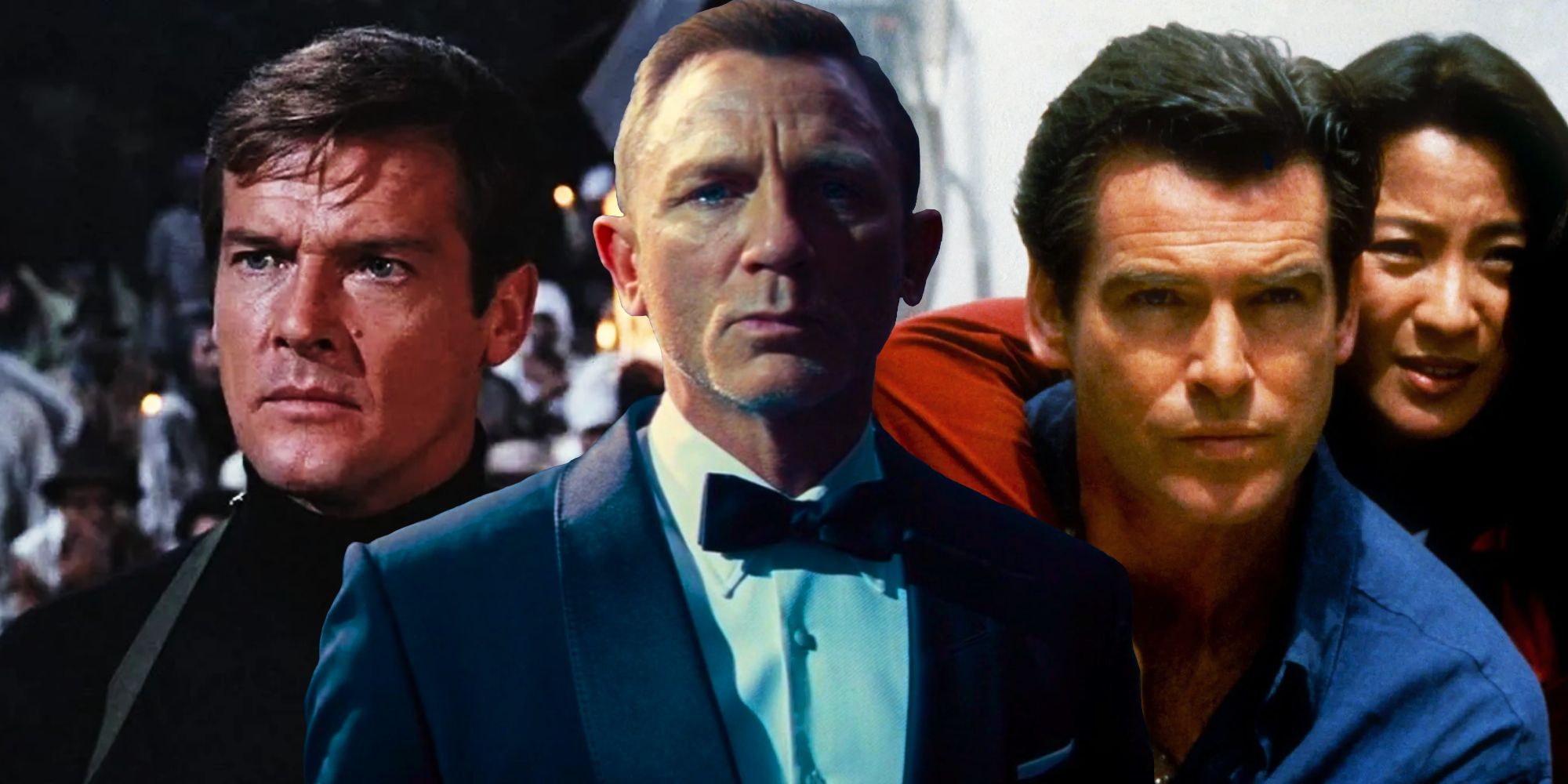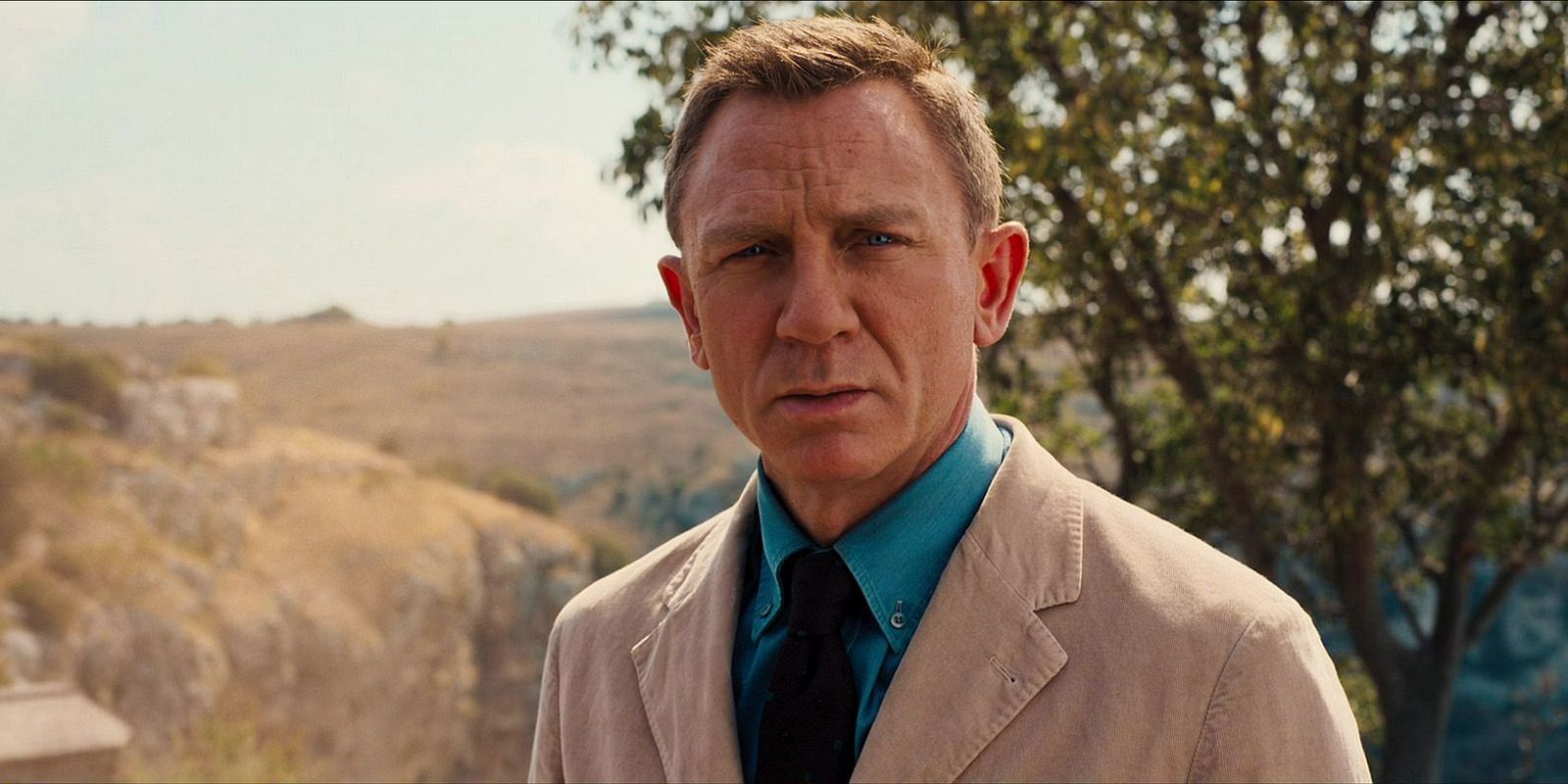No Time to Die paid off a longstanding James Bond movie title obsession involving death. The 25th installment in Eon Productions’ 007 franchise, the movie was also the first to feature a James Bond death scene. While the tragic conclusion of No Time to Die proved to be controversial, Daniel Craig’s swan song did at least satisfy a recurring feature of James Bond movie titles.
The character of James Bond was created by Ian Fleming, debuting in his 1953 novel Casino Royale. Bond has since become a cinematic mainstay through the Eon Productions movies, as well as the non-canonical films Never Say Never Again and the 1960s James Bond parody adaptation of Casino Royale. Eon Productions’ James Bond movies initially lifted substantial content from Fleming’s work, directly adapting his stories for the screen and naturally maintaining the original titles. But the franchise’s popularity has warranted continual production of James Bond movies, even after comprehensively adapting Fleming’s books. The cinematic franchise has therefore been extended beyond Fleming’s writing while still typically maintaining the defining elements of the character, perhaps most notably through Bond’s penchant for narrowly evading death.
Notably, the concept of death has been incorporated into the title of four James Bond movies: Live and Let Die, Tomorrow Never Dies, Die Another Day, and No Time to Die. The titles immediately evoke the punchy action that is to be expected in James Bond movies, but only Live and Let Die is a title that was originally coined by Fleming. The obsession with integrating the concept of death into Bond movie titles is effective, though also arguably banal in its repetition. Nevertheless, No Time to Die paid off this obsession by finally, and unexpectedly, realizing the vulnerability and mortality posed to 007 by several James Bond movie titles.
Why No Time To Die Was The First Movie To Kill James Bond
The decision to kill James Bond in No Time to Die was to fulfill a request made by Daniel Craig following the success of his debut in the 2006 version of Casino Royale. In conversation with Variety, Craig revealed his desire to “kill him off in the last one,” to give himself a definitive exit from the role. A departure from the classic episodic model, Daniel Craig’s tenure as James Bond existed in its own timeline. This clear sense of continuity between films helped Craig add depth to the character, giving him a sense of vulnerability and trauma beneath the traditional arrogance and stylishness of past James Bonds.
As such, James Bond’s death effectively concluded Daniel Craig’s portrayal of the iconic character. Though the decision may seem brash as it is so unexpected, it was clearly in Craig’s mind from the start. The extravagant exit method has proved divisive, but it also notably paid off the franchise’s longstanding obsession with the topic of Bond’s death.
Flirtations with the character’s mortality have been used for both suspense and comedic effect in the franchise. Now No Time to Die has shocked audiences, adding a new perspective on James Bond’s mortality — a topic that has defined several titles of the franchise. Plot-wise, No Time to Die adjusts Bond 26's expectations, but whether this shall provide opportunity or disinterest in the franchise is yet to be seen. What is certain for now is that James Bond’s death in No Time to Die at least allows the next actor a license to make the role their own, just as Daniel Craig did.


